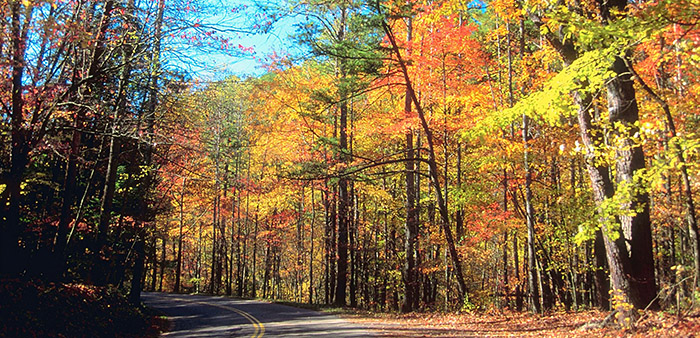
What makes a tree hazardous? We talked to Steve Chisholm and Ted Szczawinski, two N.J. Certified Tree Experts who teach in the popular Rutgers course “Hazardous Tree Identification.” Below is a brief summary of the rating system used by Steve, Ted, and other top professionals to evaluate the hazardous state of a tree.
The Evaluation
First of all, determine whether or not the tree has a target. If the tree falls, what will it hit? Is it going to hit something important or is it only hitting the ground in the middle of an empty forest?
If there is no target, there is no hazardous tree and the evaluation can be stopped. If there is a target, the tree is rated on a 1 to 3 scale.
- Rating of 1 – There’s a slight chance the tree will hit the target or the target has infrequent use.
- Rating of 2 – There’s a medium chance the tree will hit the target, and the target has moderate use.
- Rating of 3 – If the tree falls, it will absolutely hit the target, and the target is frequently used.
The tree is then rated on the three additional categories below. Once again, a 3-point system is used for each category, with 3 designating the highest risk.
- Root Zone – Is the tree anchored firmly to the ground? Look at the roots. Does the tree have a strong root flare (good) or is it straight like a utility pole (bad)?
- The Trunk – Is there decay present? Are there co-dominant stems? A tree with co-dominant stems has a place where the main trunk splits into multiple trunks. Co-dominant stems increase the likelihood of tree failure. One solid trunk is best.
- The Crown – Is the spread of branches at the top of the tree symmetrical? If so, that’s good. If not, the tree has a greater risk of falling. Also, how much deadwood is evident? How much failure, if any, has already occurred?
Add up the numbers and evaluate the risk.
- A score of 10 or above – The situation must be addressed and the tree may need to come down.
- A score of 8 – 9 – Not as imminent, but still should be watched closely.
- A score below 8 – Nothing needs to be done with the tree right now. Continue to monitor it on a regular basis.
Regardless of the total evaluation, please remember that any tree can fail if winds are above 70 m.p.h.
You can hear a lot more detail about this topic in the “Hazardous Tree Identification” class offered at Rutgers twice per year.
Instructor Steve Chisholm is the president of Aspen Tree Expert Company, Inc.
Instructor Ted Szczawinski is the owner of Sterling Consultants.

Leave a Reply